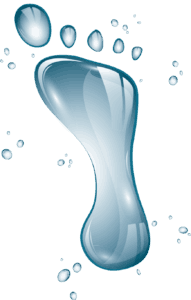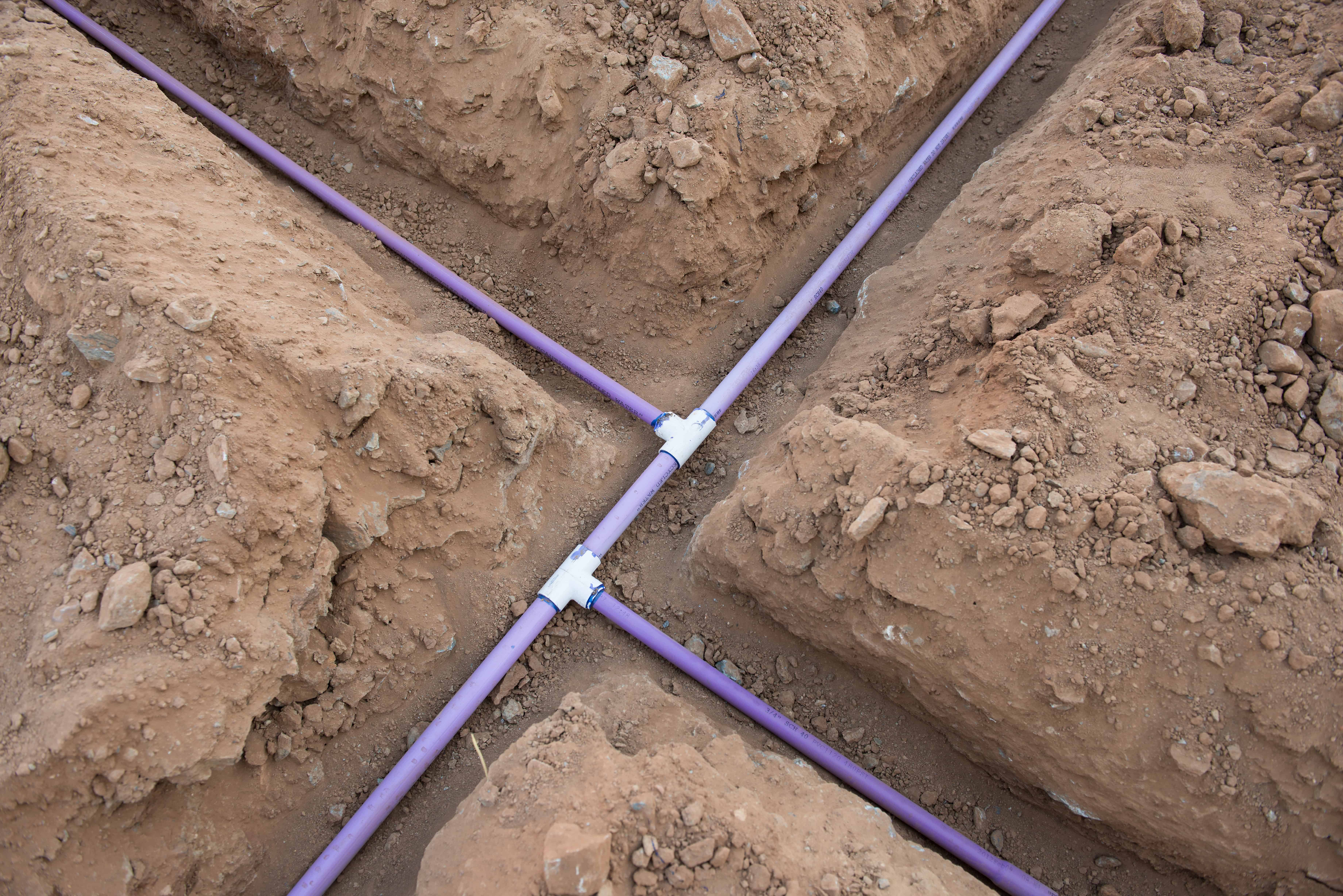

Water use for agriculture and industry gets embedded into different products and services. In some cases, the water embedded in those goods is significant enough to be tracked. This embedded water, or virtual water, is often known as the “water footprint.”
The Water Footprint Network provides the definitions to differentiate blue, green, black and gray water from a water-footprint perspective.1A. Y. Hoekstra, et al., Water Footprint Manual: State of the Art 2009, technical report, Water Footprint Network, 2009; and “Water Footprint Network,” accessed October 16, 2012, http://www.waterfootprint.org Blue water includes consumption from fresh surface and groundwater (lakes, rivers, aquifers). Green water falls as precipitation on land that does not run off or recharge the aquifer because it stays in the soil, but might eventually be evaporated or evapotranspired during growth of a crop. Gray water becomes polluted during production or dilutes pollutants. Black water contains sewage (fecal matter and urine) and organic matter from dishwater drains. It requires a septic tank or sewer system that transports the blackwater to a treatment facility to remove pathogens.
| Blue | Green | Gray | Black |
|---|---|---|---|
| Fresh surface and groundwater. In other words, the water in freshwater lakes, rivers and aquifers. | The precipitation on land that does not run off or recharge the groundwater but is stored in the soil or temporarily stays on top of the soil or vegetation. | Wastewater or runoff from precipitation. It may contain soap or other organic residue. | Wastewater from toilets and other sewage water containing fecal matter. |
In the built environment, washing produces gray water, which looks cloudy or gray from the soaps and other organic residues from sinks, laundry washers, showers, and tubs. Gray water also includes storm runoff from roofs that is harvested in rain barrels.
Some advanced eco-sensitive homes separate the gray water and black water, using the former on-site for irrigation and sending the latter to a facility for treatment. This approach removes some of the energy burden for transportation and treatment but introduces problems if flows of wastewater reduce to levels at which transporting the sewage through the sewer fails. Purple water is treated wastewater effluent that does not meet potability standards, but is suitable for applications such as irrigation and washing cars. Many municipalities use purple pipes to provide a visual clue that the effluent is not potable.

Image Credits: Alistair Scott/Shutterstock.com; Evelyn Sugar/Shutterstock.com; Robert Schlie/Shutterstock.com.
Update your browser to view this website correctly.Update my browser now